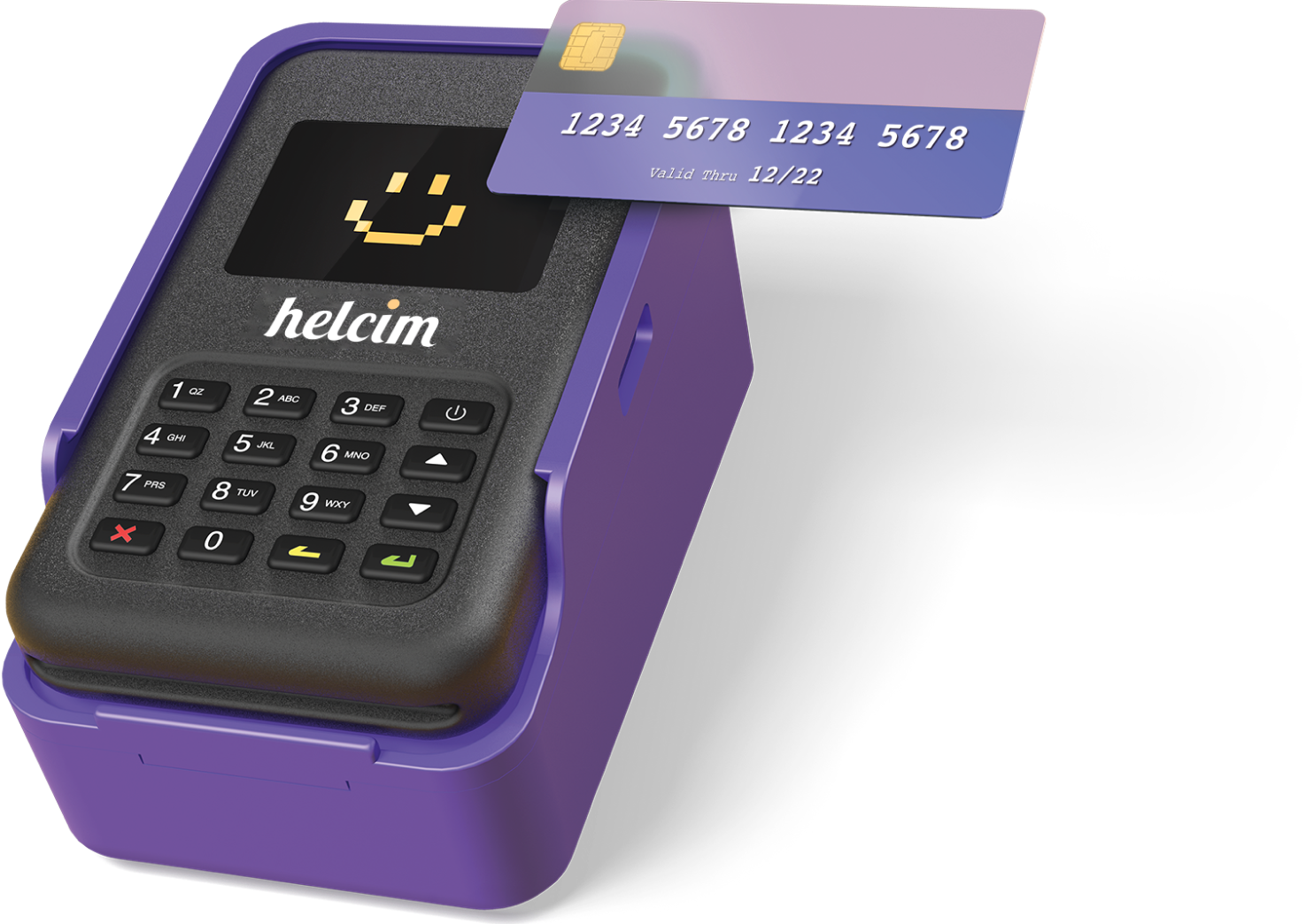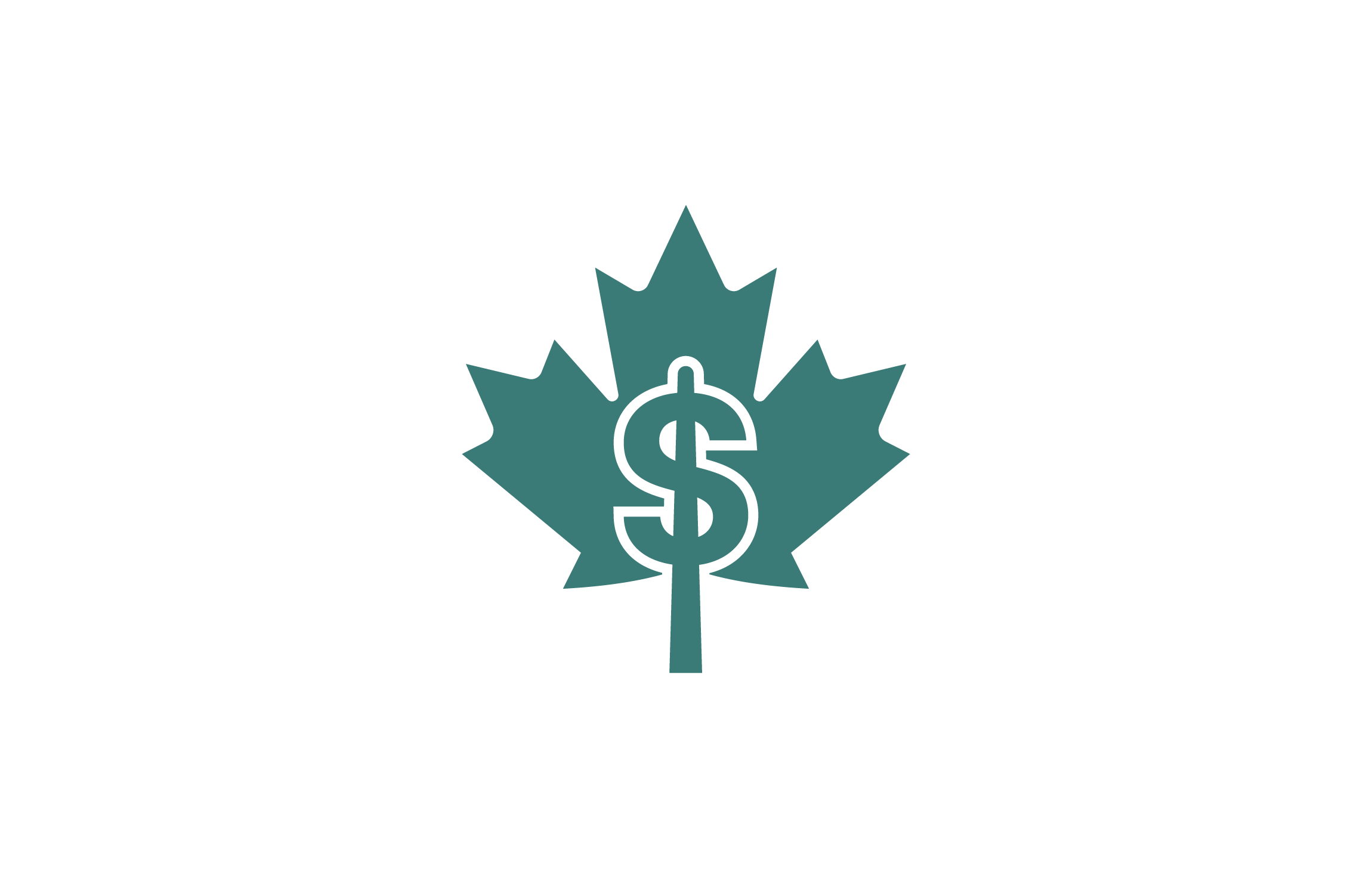Some of the terms found in a credit card statement that gets people easily confused are the statement balance and current balance. Many times, people do not know what to make out of these two or the differences between both.
However, there is a difference between statement balance and current balance. What is then the difference between these two? Let’s find out.
What is a statement balance?
The statement balance in your credit card statement shows payments or charges that were carried out in the recent billing period or circle. Credit cards generally operate with billing circles. A typical credit card billing cycle lasts for 30 days before another billing cycle starts.
A statement balance, therefore, shows the summation of all transactions that were charged on a credit card within a billing cycle. The transactions that are shown on a statement balance include; purchases, interests, payments, and fees. The generation of the statement balance of a credit card is done on the last day of a billing cycle.
Credit card interest accumulates as a result of the inability to clear the statement balance each month. When you don’t offset your statement balance for each billing cycle, the balance is carried over to the next billing cycle.
This attracts more interest on your credit card. Ensure you meet up with the minimum payment for each billing period to avoid fines and late payment charges. Late credit card payment harms your credit score.
What is a Current balance?
A current balance shows the total sum of money you are owing on a credit card notwithstanding the billing circle. A current balance, therefore, shows at a glance a total of what is being owed to the credit card company on a particular credit card. It shows every charge on your credit card.
If you try to compare your current statement with your statement balance, you would discover that they are not the same. The difference is because the statement balance shows what you owe in a particular billing cycle while the current balance is a summation of all that you owe currently on your credit card.
For instance, if your billing cycle ends on the 30th of April and the total amount charged to your credit card within this billing period is $1000, then your statement balance on April 30th will show $1000.
If however, on the 1st of May, you charge a $200 payment to your credit card, your current balance will reflect the $200 while your statement balance will remain $1000.
Do your Balances have any impact on your credit?
Your balances have an impact on your credit score. This is because your credit card transactions or usage is reported to credit bureaus by your credit card company after each billing cycle.
This information is used by the bureaus to calculate and arrive at your utilization ratio. A lower credit utilization ratio means a higher credit score which raises your creditworthiness.
Striking a Balance
When you understand the significance and impact of your credit card statement and current balance, you can manage your card better. This knowledge will also help you to maintain a good credit score.












